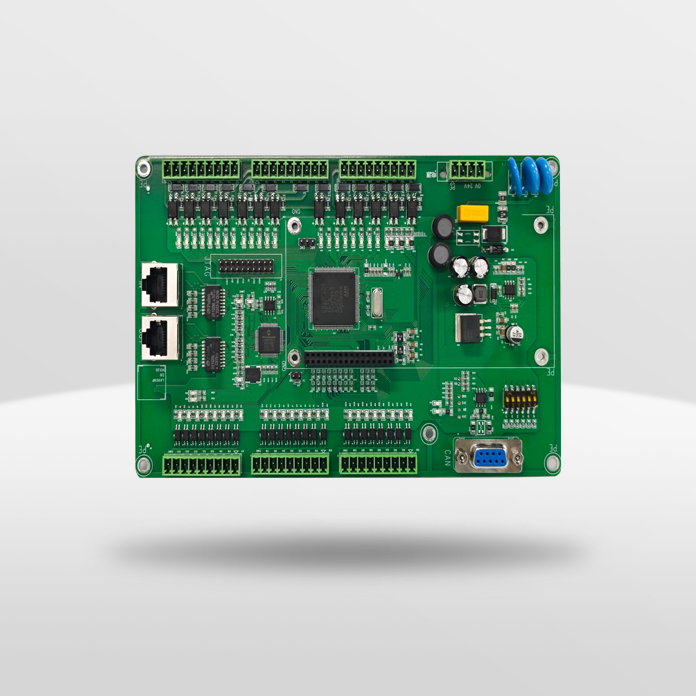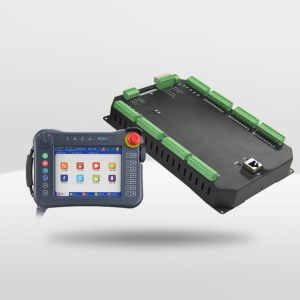
The IO expansion interface has become an integral part of modern technology, allowing for the connection and communication between various devices. In this article, we will delve into the limitations and challenges associated with IO expansion interface in the context of New Mexico.
The Constraints of IO Expansion Interface
Despite its widespread use, the IO expansion interface faces certain constraints that hinder its full potential. One major limitation is the limited bandwidth it offers, which can restrict data transfer rates between connected devices. Additionally, compatibility issues may arise when attempting to connect different generations or types of devices through this interface.
Furthermore, power consumption is another concern related to IO expansion interfaces. As more devices are connected and powered through this interface, there is a risk of exceeding power supply capacities or draining batteries quickly. This poses a challenge for industries relying on efficient power management systems.
Lavichip: A Promising Solution

In response to these limitations, innovative solutions such as lavichip have emerged in New Mexico. lavichip aims to address both bandwidth constraints and compatibility issues by introducing advanced signal processing techniques and enhanced connectivity options.
Lavichip’s cutting-edge technology allows for higher data transfer rates while ensuring seamless integration across various device types. By optimizing signal transmission protocols and reducing latency, Lavichip enables faster communication between interconnected devices via the IO expansion interface.
OEM Motion Control: Enhancing Efficiency
An additional area where advancements are being made in New Mexico is oem motion control within the context of IO expansion interfaces. OEM (Original Equipment Manufacturer) motion control systems offer precise control over mechanical movements in industrial applications.
By integrating OEM motion control capabilities into existing IO expansion interfaces, industries can achieve enhanced efficiency and accuracy in their operations. This integration enables seamless communication between motion control devices and other connected systems, resulting in improved productivity and reduced downtime.
Conclusion
In conclusion, while the IO expansion interface has revolutionized device connectivity, it is not without its limitations. The constraints of limited bandwidth and compatibility issues pose challenges for industries relying on this interface. However, innovative solutions like Lavichip and the integration of OEM motion control are paving the way for overcoming these limitations in New Mexico’s technological landscape.

